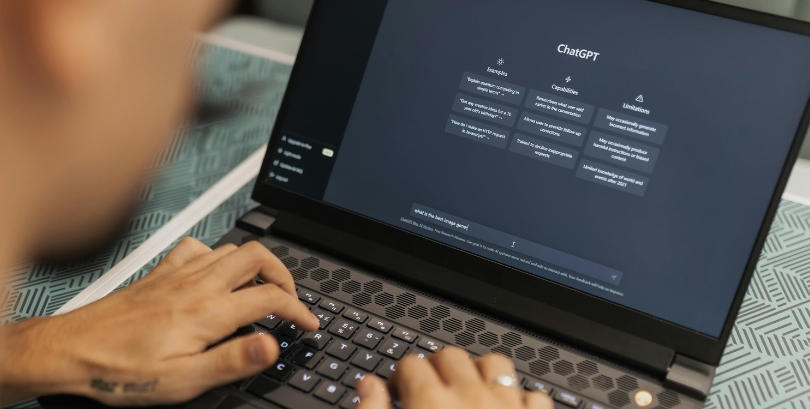Artificial intelligence is the disruptive technology of the century. The evolution of Generative Pre-trained Transformers (GPT) has revolutionized the field, making it more accessible to the general public. As these models have advanced, they have progressively enhanced AI accessibility, empowering both individuals and organizations to leverage AI for various applications.
How have the different GPT models evolved?
Also Read: From Desktops to Laptops: The Great Shift in Office PCs
Discover the various versions of GPT models and their contributions to enhancing AI accessibility.
By understanding the evolution of GPT models over the past years, we gain insight into what the future holds for AI accessibility.
GPT-1: The Early Stages of AI Accessibility
GPT-1, launched in 2018, was the first major GPT model developed by OpenAI. With 117 million parameters, it introduced the concept of unsupervised learning for natural language processing.
However, its capabilities were limited, and accessibility was confined mainly to researchers and AI experts. The general public did not have direct access to GPT-1, as the technology was still in its infancy and not suitable for widespread use.
AI Accessibility Level: Low – Primarily accessible to researchers and developers in labs.
GPT-2: First Step Towards AI Democratization
GPT-2, released in 2019, featured a significant leap with 1.5 billion parameters, providing more coherent and context-aware text generation.
However, OpenAI initially withheld the full model due to concerns over misuse. Despite this, the availability of smaller versions of GPT-2 made it more accessible to the public, allowing AI enthusiasts and developers to experiment with the model.
AI Accessibility Level: Moderate – Accessible to developers and tech-savvy individuals through API and open-source implementations.
GPT-3: Greater Accessibility for the Masses
In 2020, there were two major disruptions: the COVID pandemic and the release of GPT-3. With 175 billion parameters, it dramatically improved text generation, offering human-like responses in various tasks, including content creation, customer support, and coding assistance.
OpenAI’s API provided developers with easy access to GPT-3, making it widely available to businesses and developers.
Additionally, third-party platforms and applications began integrating GPT-3, allowing non-technical users to utilize the technology through user-friendly interfaces.
AI Accessibility Level: High – Broad access through APIs, apps, and platforms, reaching businesses and casual users.
GPT-4: Enhancing Accessibility to AI with Multimodal Capabilities
GPT-4, released in 2023, took accessibility for the public to new heights. This iteration introduced multimodal capabilities, enabling the model to process both text and images, enhancing its usefulness in diverse applications.
With improved accuracy, contextual understanding, and ethical safeguards, it allowed even more users—from students and educators to healthcare professionals—to integrate AI into their workflows.
Its availability through APIs and various interfaces made it easier than ever for people to adopt advanced AI technologies for a wide range of needs.
AI Accessibility Level: Very High – Available through APIs, integrated into various industries, and accessible to a wider audience, including everyday users.
Conclusion: AI Accessibility of Future GPT Models
The evolution of GPT models has been crucial in democratizing AI accessibility.
From its limited availability in GPT-1 to the widespread use of GPT-4, these models have progressively allowed more individuals and businesses to leverage advanced AI technology.
As AI democratization continues to grow, the potential for innovation, creativity, and problem-solving will reach even more people, opening doors for industries and individuals alike.






